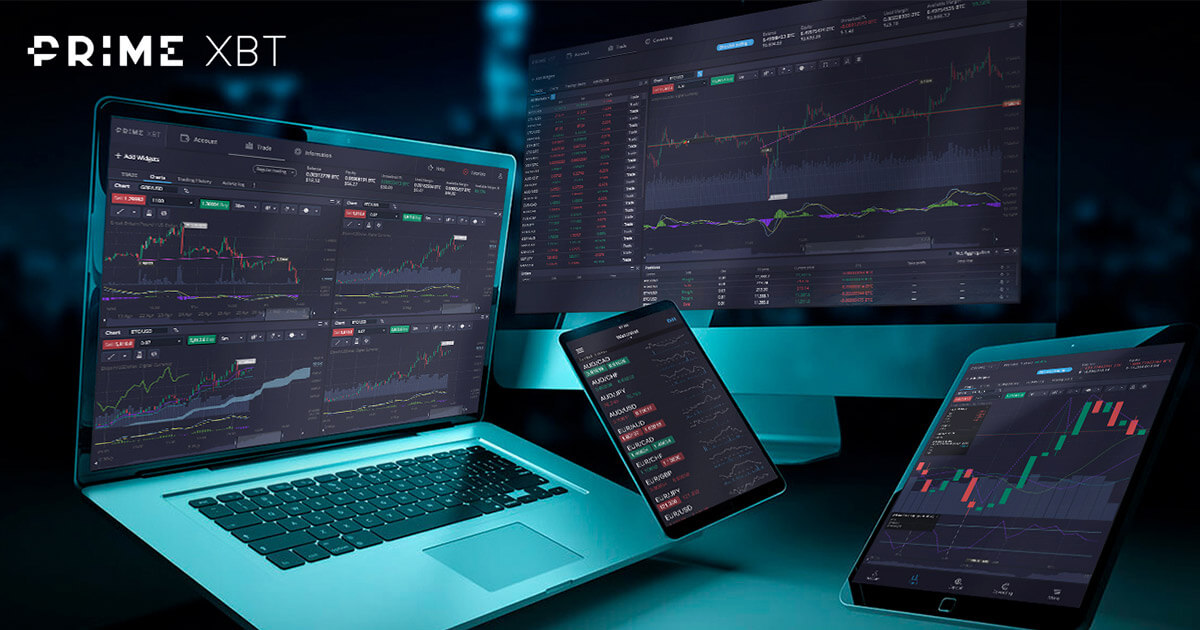
How to Change Leverage on Your Trading Platform
Leverage is a powerful tool in the world of trading, allowing traders to control larger positions than their actual capital would permit. However, it is essential to manage and adjust your leverage carefully to mitigate risks. In this article, we will guide you through the process of changing leverage, explain its implications, and provide tips for responsible trading. For additional tools and promotions, visit how to change leverage on primexbt https://primexbtinvest.com/promotions-and-offers/.
Understanding Leverage
Leverage is a financial concept that allows traders to borrow funds to increase their trading position beyond the amount they have in their accounts. For example, if you have $1,000 and trade with a leverage of 10:1, you can control a position worth $10,000. While this can amplify gains, it equally magnifies losses, making understanding leverage crucial for successful trading.
The Mechanics of Leverage
Leverage is expressed as a ratio, such as 2:1, 5:1, or even 100:1. The higher the ratio, the more exposure you have to market movements. Different trading platforms offer varying leverage ratios depending on the asset class and regulations. For Forex, leverage can be significantly higher compared to stock trading due to the market’s liquidity and volatility.
Why Change Leverage?
Changing leverage can be essential for traders looking to adapt to market conditions, adjust their risk tolerance, or align with their trading strategy. Here are several reasons why you might consider changing your leverage:
- Changing Market Conditions: Market volatility can impact your strategy. In highly volatile markets, lowering leverage may be more prudent.
- Risk Management: Aligning leverage with your risk management strategy can help protect your capital.
- Trading Strategy Adjustments: If your trading strategy evolves, adjusting leverage may be necessary to remain effective.
Risks of Using Leverage
While leverage can increase your profits, it also increases your risk exposure. Here are some potential risks associated with high leverage:
- Margin Calls: If your losing trades exceed your margin, your broker may issue a margin call, requiring you to add funds to your account or reduce your positions.
- Emotional Trading: High leverage can lead to emotional decision-making, chasing losses or taking unnecessary risks.
- Market Fluctuations: Rapid price movements can lead to significant losses if leverage levels are high and positions are not managed carefully.

How to Change Leverage on Popular Trading Platforms
Changing leverage can vary depending on the trading platform you are using. Below, we will outline how to change leverage on some popular platforms:
MetaTrader 4/5
- Log into your MetaTrader account.
- Go to the “Tools” menu and select “Options.”
- Navigate to the “Trade” tab, where you can view and adjust the leverage settings.
- Choose your desired leverage ratio and confirm your selection.
Binance
- Login to your Binance account.
- Go to the „Margin“ section.
- Select the desired trading pair.
- Click on the leverage setting (it usually displays the current ratio) and choose your new leverage.
- Confirm your choice.
Kraken
- Log into your Kraken account.
- Select the „Margin“ tab.
- Choose the asset you want to trade.
- In the leverage settings, adjust the ratio to your preference.
- Save your changes.
Best Practices When Using Leverage
Here are some best practices to follow when adjusting and using leverage:
- Start Low: If you are new to trading with leverage, it is advisable to start with a lower ratio to minimize risks.
- Use Stop-Loss Orders: Implement stop-loss orders to help manage risk and limit potential losses.
- Educate Yourself: Take the time to educate yourself on market trends and leverage implications before trading.
- Keep Emotions in Check: Avoid emotional trading; instead, stick to your trading plan and strategy.
- Regularly Review Performance: Evaluate your trades and leverage settings regularly to ensure they align with your risk tolerance and market conditions.
Conclusion
Adjusting leverage can be a crucial aspect of your trading strategy. Understanding how to change leverage effectively, the risks associated with leverage trading, and adopting best practices can significantly improve your trading performance. Always remember to trade responsibly, and consider your risk exposure when changing your leverage settings. Happy trading!


